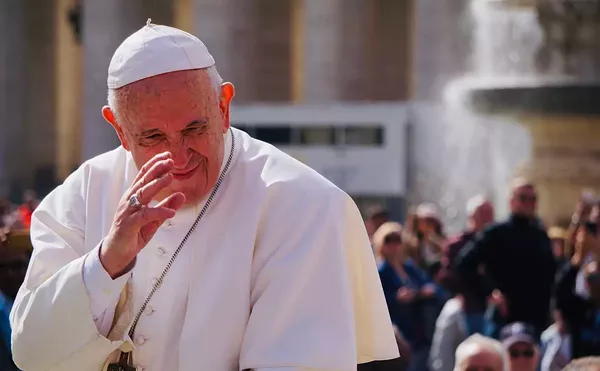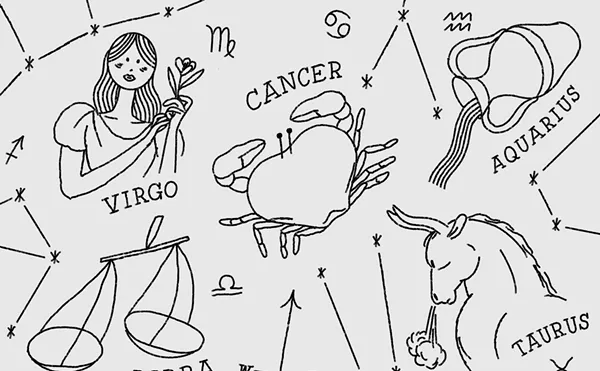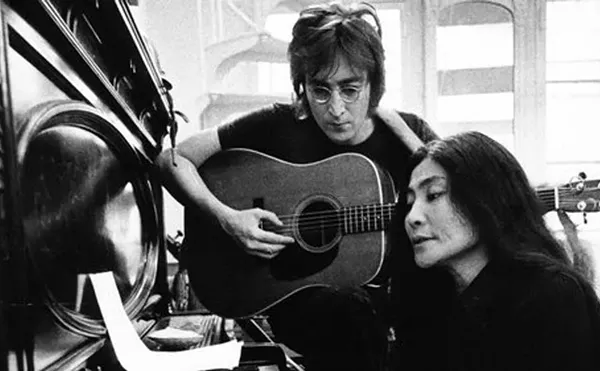
Audio By Carbonatix
[
{
"name": "GPT - Leaderboard - Inline - Content",
"component": "35519556",
"insertPoint": "5th",
"startingPoint": "3",
"requiredCountToDisplay": "3",
"maxInsertions": 100,
"adList": [
{
"adPreset": "LeaderboardInline"
}
]
}
]
The shiny, commercial face of animation — big-budget, family-oriented, computer-generated — represents only a small part of the picture. Much of animation's creative spark comes from the underground, where art is made for art's sake and where the brothers Quay are cult heroes.
Twins Stephen and Timothy Quay, now 60, have been at the vanguard of stop-motion animation since the 1970s. Their movies have a creepy elegance that Tim Burton can only dream of, and eschew narrative niceties for a surrealism that taps right into the unconscious. Certainly, there are times watching a Quay brothers film that it feels more like an obligation to aesthetics than cinematic pleasure, but their rigor has its rewards. This five-film retrospective is packed with quintessential Quay moments and also charts their evolution.
Street of Crocodiles (1986, 21 minutes) is their best-known film, and establishes the Quay fascination with decay. It visualizes a miniature parallel universe where pockmarked, tattered puppets live in a bleak, crumbling city and crazy hollow baby heads rule. It's even stranger than it sounds, with imagery that's hazily ritualistic, yet stems from their own iconography, culled from an enticing variety of influences, including Eastern European animation.
Crocodiles is based on the work of Polish writer and artist Bruno Schulz, and the equally abstract Rehearsal of Extinct Anatomies (1987, 14 minutes), where lines have a life of their own and disintegrating puppets still manage a jerky spark of life, is inspired by an etching from French painter Jean-Honoré Fragonard.
A break from the dark, contained rooms and restless survival amidst gloom comes with De Artificiali Perspectiva or Anamorphosis (1991, 15 minutes), a pithy exploration of the mischievous 16th century painting technique that inserts hidden imagery which can only be viewed from a specific perspective.
In Absentia (2000, 20 minutes) feels like a lost silent film, a vaguely gothic ghost story that's been restored without the title cards, and an eerie score by avant-garde German composer Karlheinz Stockhausen. The now-familiar Quayisms are expanded here with the presence of live actors, but their visual precision is just as potent.
The final film, The Phantom Museum (2003, 12 minutes), displays a puckish sense of humor, touring Sir Henry Wellcome's Medical Collection and unearthing items ranging from wooden artificial limbs to early gynecological equipment and sexually instructive figurines.
The Quays represent animation's mind-altering frontier, and this retrospective offers the chance to explore that deep and fertile terrain.
Showing at the Detroit Film Theatre (inside the DIA, 5200 Woodward Ave., Detroit) at 7:30 pm, Thursday, Oct. 11, and 9:30 p.m., Friday and Saturday, Oct. 12-13. Call 313-833-3237.
Serena Donadoni writes about film and culture for Metro Times. Send comments to letters@metrotimes.com.





